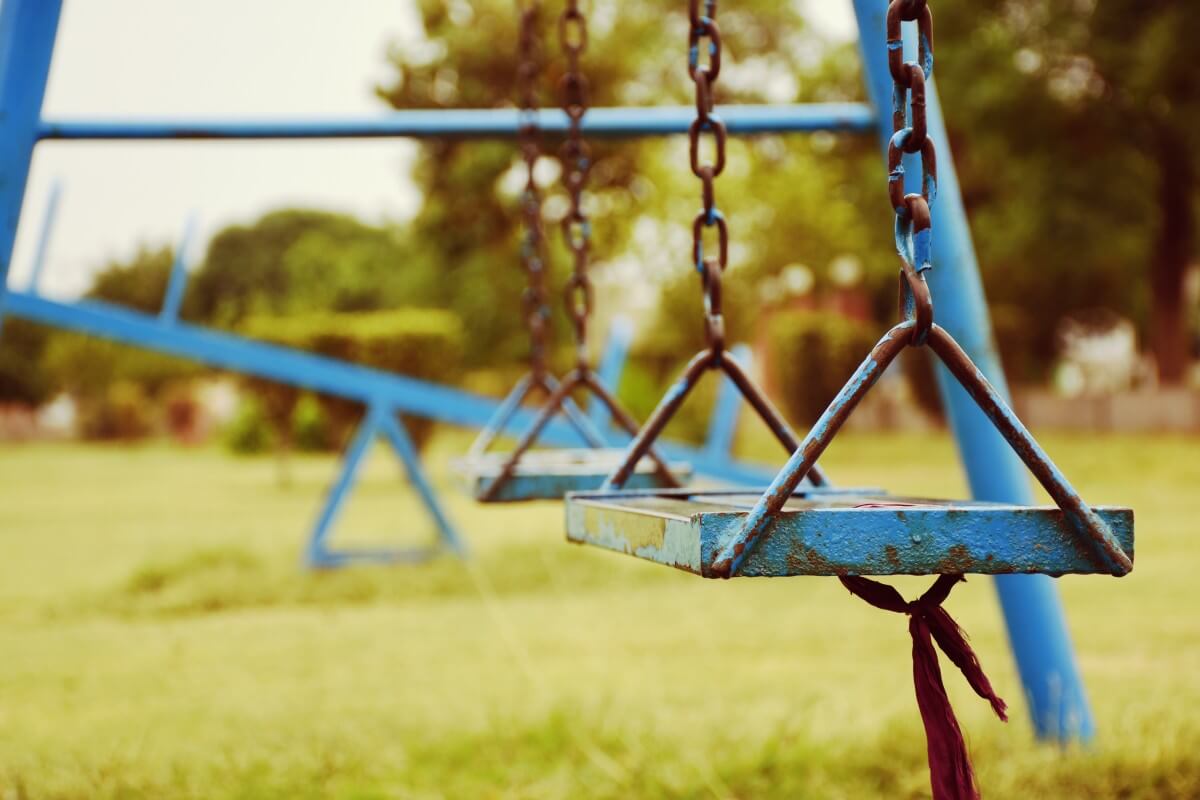
If one were to visit a city park today, compared to thirty years ago, they may not find many similarities. At least not as many similarities as differences. Children exploring their imaginations and allowing themselves to play freely has become a thing of the past. Instead, children may be located in a spot where the parents pay a registration fee in order for their children to participate or sitting in their homes not allowed to leave, or maybe a few playing at the local city park. In today’s age, there are so many extrinsically motivating factors that catch the eyes of parents who think it puts their children at an advantage in an ever so competitive environment. This motivates parents to get their children involved, if they have the financial resources, in all the activities they can to make their child the “best.” This begs the question, is it really the best thing for them?
 The Numbers
The Numbers
According to Sabo et al. (2008), in 2008, 69% of girls and 75% of boys aged 6-9 reported participating in an organized sport over the course of one year. Recent reports indicate that 67% of boys and 47% of girls are on a team by age six (Meredith, 2018). This may seem to be a high percentage, but one has to wonder what the percentages would look like if parents/society were not so forceful in getting kids involved with youth sports too young. The most recent information indicates that the average length of years in participation of children ages 3-18 is less than three years and that 80% of young athletes have quit sports after age fifteen (The Aspen Institute, 2017).
